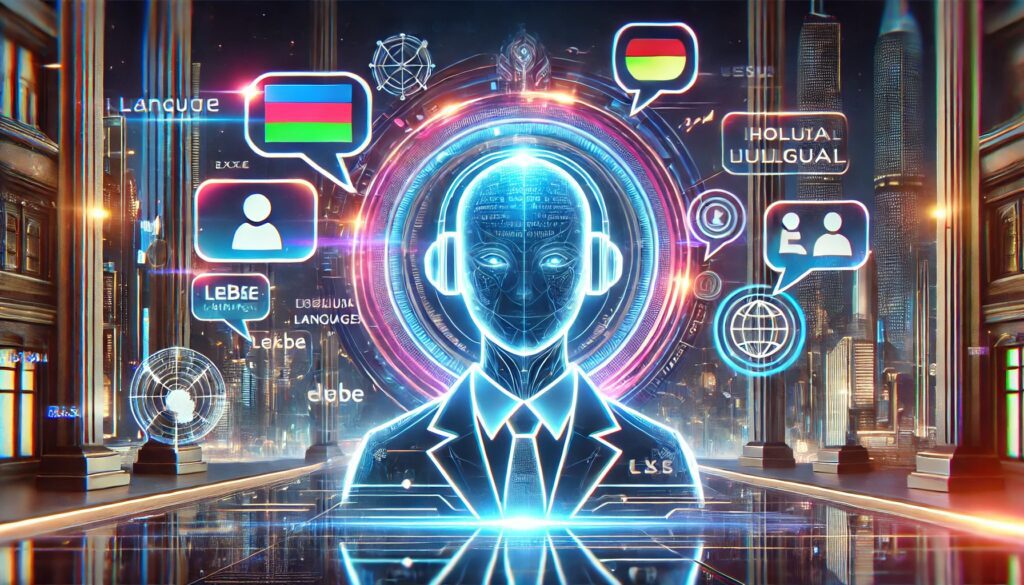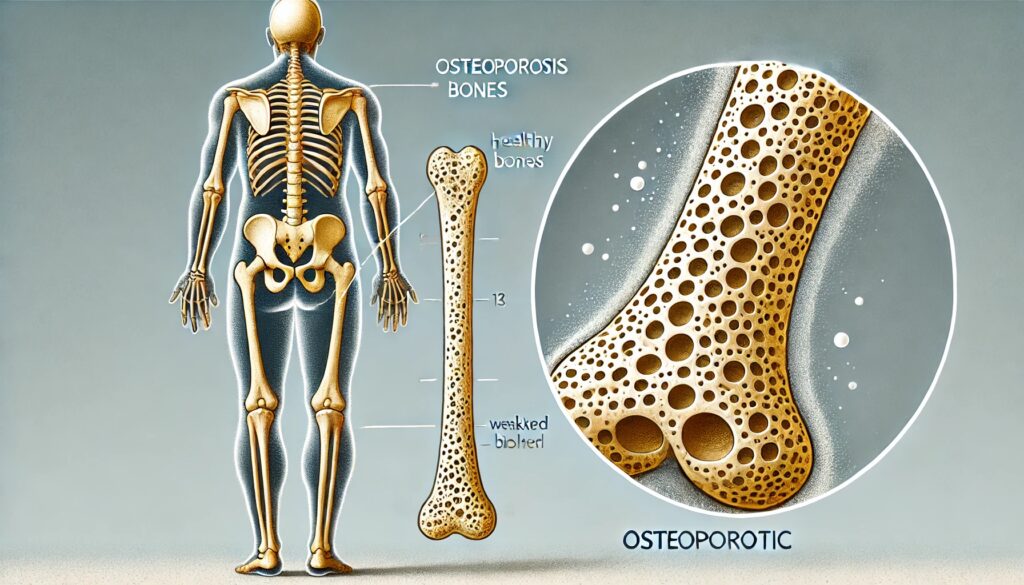
In recent years, the focus on STEM education—Science, Technology, Engineering, and Mathematics—has gained significant traction. While the importance of STEM cannot be overstated, it is crucial to also recognize the value of a well-rounded education that goes beyond these core subjects.
The Rising Importance of STEM
STEM fields are the backbone of modern innovation. From developing cutting-edge technology to solving complex environmental issues, STEM professionals play a vital role in shaping our future. Encouraging students to pursue STEM can open doors to numerous career opportunities and drive societal progress. The job market for STEM graduates is robust, with high demand for skilled workers in industries such as information technology, healthcare, and engineering.
Beyond STEM: The Need for a Holistic Approach
While STEM is essential, a well-rounded education that includes the arts, humanities, and social sciences is equally important. These disciplines foster critical thinking, creativity, and communication skills, which are crucial for personal and professional success. For example, studying literature enhances empathy and understanding of different perspectives, while learning history provides context for current events and future decision-making.
The art of teaching is the art of assisting discovery
— Mark Van Doren
Integrating Arts into STEM: STEAM Education
STEAM education adds the arts into the STEM mix, emphasizing creativity and innovation. This approach encourages students to think outside the box and develop unique solutions to problems. By integrating arts with STEM, students can gain a more comprehensive understanding of the world. Art classes teach students to approach challenges with an open mind and consider multiple solutions, a skill that is invaluable in scientific and technological fields.
The Role of Humanities and Social Sciences
Subjects like history, literature, and sociology provide context and depth to our understanding of human behavior and society. These fields help students develop empathy, ethical reasoning, and a broader perspective, which are essential in today’s interconnected world. For instance, sociology can help future engineers understand the social impact of their projects, while ethical studies can guide scientists in making responsible decisions.
Developing Soft Skills Through Diverse Subjects
A curriculum that includes diverse subjects helps students develop soft skills such as teamwork, communication, and problem-solving. These skills are highly valued by employers and are crucial for navigating the complexities of the modern workplace. Communication courses can teach future scientists how to convey their ideas clearly to a non-technical audience, while teamwork exercises in drama or sports can build collaboration skills.
The Impact of Well-Rounded Education on Career Readiness
Employers are increasingly looking for candidates who possess a blend of technical and soft skills. A well-rounded education ensures that students are not only technically proficient but also capable of critical thinking and effective communication. This combination is essential for leadership roles where managing people and projects requires both technical know-how and interpersonal skills.
Encouraging Lifelong Learning
A diverse education fosters a love for learning and curiosity, encouraging students to become lifelong learners. This mindset is essential in a rapidly changing world where continuous learning and adaptability are key to success. For example, a student who has learned to appreciate art may continue to explore new art forms throughout their life, enriching their personal and professional experiences.
Practical Applications of a Well-Rounded Education
In the real world, challenges rarely fall neatly into one discipline. A well-rounded education prepares students to approach problems from multiple angles, combining technical knowledge with creative and critical thinking. For instance, an engineer designing a sustainable building can draw on knowledge from environmental science, architecture, and even cultural studies to create a structure that is functional, eco-friendly, and aesthetically pleasing.
The Role of Educators in Promoting a Balanced Curriculum
Educators play a crucial role in designing and delivering a balanced curriculum. By incorporating a variety of subjects, teachers can help students discover their passions and develop a broad range of skills. Teachers can also use interdisciplinary approaches, such as project-based learning, to show how different fields intersect and complement each other.
Parental Involvement in Education
Parents can support a well-rounded education by encouraging their children to explore a variety of interests. This can help children develop a more balanced skill set and a broader understanding of the world. Parents can also advocate for diverse educational opportunities in their schools and communities, ensuring that programs in the arts and humanities are well funded and accessible.
Community and Policy Support for Diverse Education
Communities and policymakers must recognize the importance of a holistic education and provide the necessary support. This includes funding for arts programs, extracurricular activities, and professional development for teachers. Policies that promote equal access to a broad curriculum can help bridge educational gaps and ensure that all students benefit from a well-rounded education.
The Future of Education: Embracing Diversity
As we look to the future, it is clear that education must evolve to meet the needs of a diverse and dynamic world. Embracing a well-rounded approach to education will help prepare students for the challenges and opportunities of the 21st century. Innovations such as online learning platforms and interdisciplinary programs can make diverse education more accessible and engaging for all students.
FAQs
What is STEM education?
STEM education focuses on integrating Science, Technology, Engineering, and Mathematics to provide a comprehensive learning experience that promotes critical thinking and problem-solving skills.
Why is emphasizing STEM important in modern education?
Emphasizing STEM is crucial because it equips students with the necessary skills to succeed in a technology-driven world, fostering innovation and preparing them for future careers in high-demand fields.
How does STEM education benefit students?
STEM education benefits students by enhancing their analytical skills, encouraging creative thinking, and providing hands-on learning opportunities that connect academic concepts to real-world applications.
What does ‘beyond STEM’ mean in the context of education?
‘Beyond STEM’ involves incorporating additional disciplines such as arts, humanities, and social sciences to create a well-rounded educational experience that fosters creativity and critical thinking.
What are some innovative teaching methods used in STEM education?
Innovative teaching methods in STEM education include project-based learning, flipped classrooms, inquiry-based learning, and the use of technology such as virtual reality and coding exercises.
How can teachers effectively integrate STEM into their curriculum?
Teachers can integrate STEM by incorporating hands-on projects, real-world problem-solving activities, interdisciplinary lessons, and collaborating with industry professionals to provide practical insights.
What challenges do schools face in implementing STEM education?
Challenges include a lack of resources, insufficient training for teachers, and the need to update curriculum and infrastructure to support modern STEM activities and technology.
How does STEM education impact future career prospects for students?
STEM education significantly enhances career prospects by providing students with skills and knowledge that are in high demand across various industries, leading to more job opportunities and higher earning potential.
What role do parents play in supporting STEM education?
Parents can support STEM education by encouraging curiosity, providing access to STEM-related resources and activities, and fostering a home environment that values learning and exploration.
How is technology used in STEM education?
Technology is used in STEM education through tools like educational software, virtual labs, online simulations, robotics kits, and coding platforms, enhancing interactive learning and practical skills development.
Why Is STEM Education So Important?
STEM education is vital because it:
- Drives Innovation: Fuels technological and scientific breakthroughs.
- Prepares Workforce: Equips students for high-demand jobs.
- Enhances Skills: Develops critical thinking and problem-solving abilities.
- Fosters Creativity: Encourages innovative and creative solutions.
- Addresses Challenges: Provides tools to tackle global issues like climate change and public health.
Conclusion: Balancing STEM with a Broader Curriculum
While STEM education is critical, it should not overshadow the importance of a well-rounded curriculum. By integrating the arts, humanities, and social sciences, we can provide students with the skills and knowledge they need to thrive in a complex and ever-changing world. A balanced education promotes not only professional success but also personal fulfillment and responsible citizenship.
For more insights on the evolving landscape of education, visit these resources:





